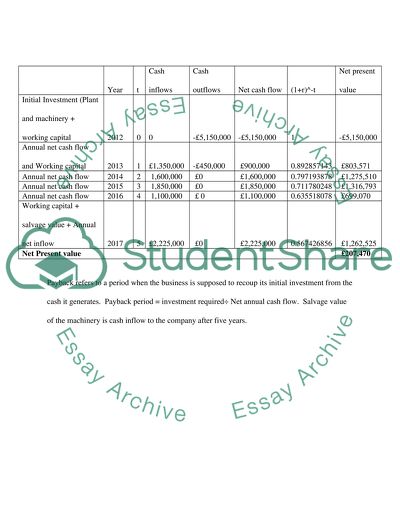Cite this document
(“Finance and Accounting Term Paper: 3 questions (calculations) Paper”, n.d.)
Retrieved from https://studentshare.org/finance-accounting/1397756-financial
Retrieved from https://studentshare.org/finance-accounting/1397756-financial
(Finance and Accounting Term Paper: 3 Questions (calculations) Paper)
https://studentshare.org/finance-accounting/1397756-financial.
https://studentshare.org/finance-accounting/1397756-financial.
“Finance and Accounting Term Paper: 3 Questions (calculations) Paper”, n.d. https://studentshare.org/finance-accounting/1397756-financial.


